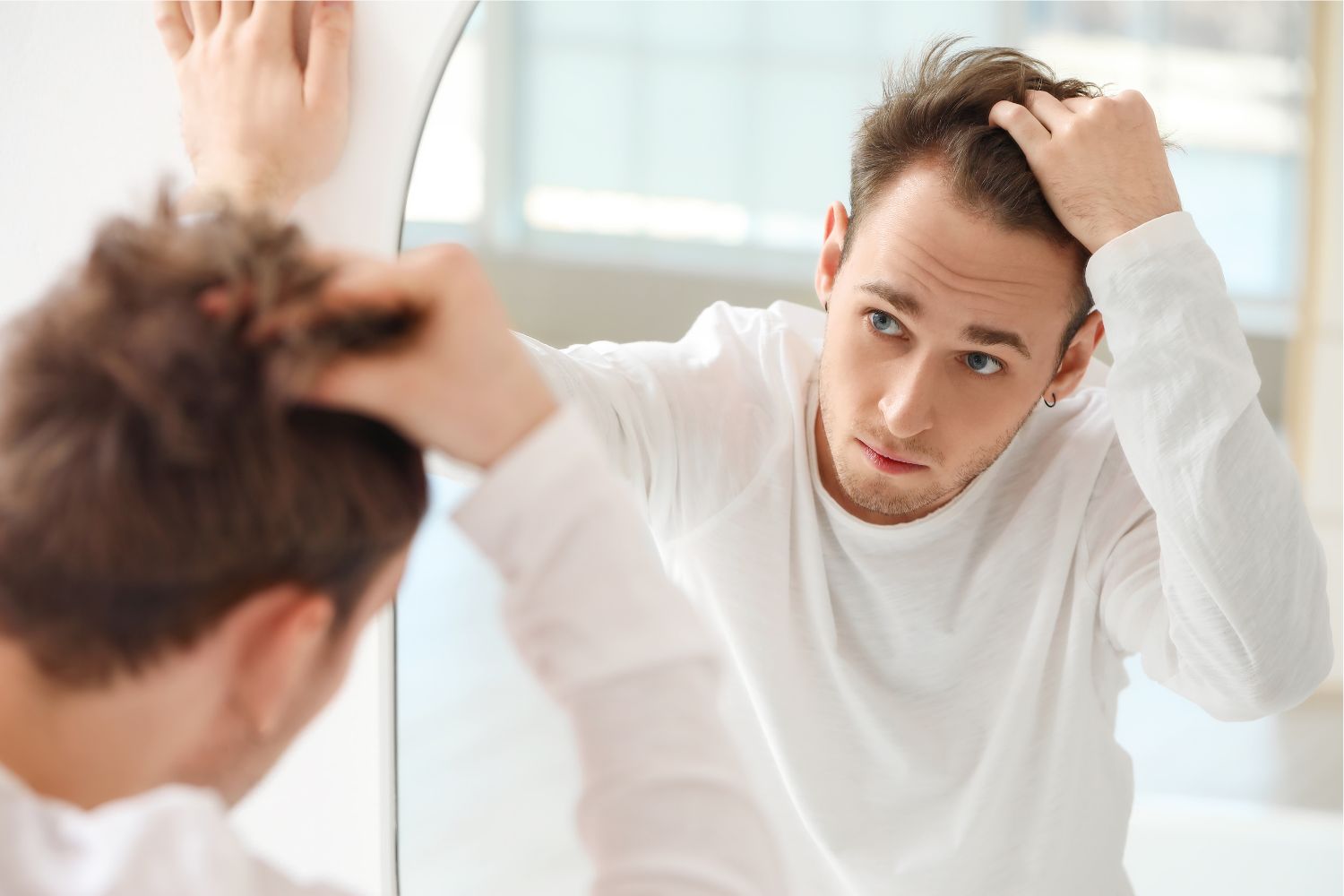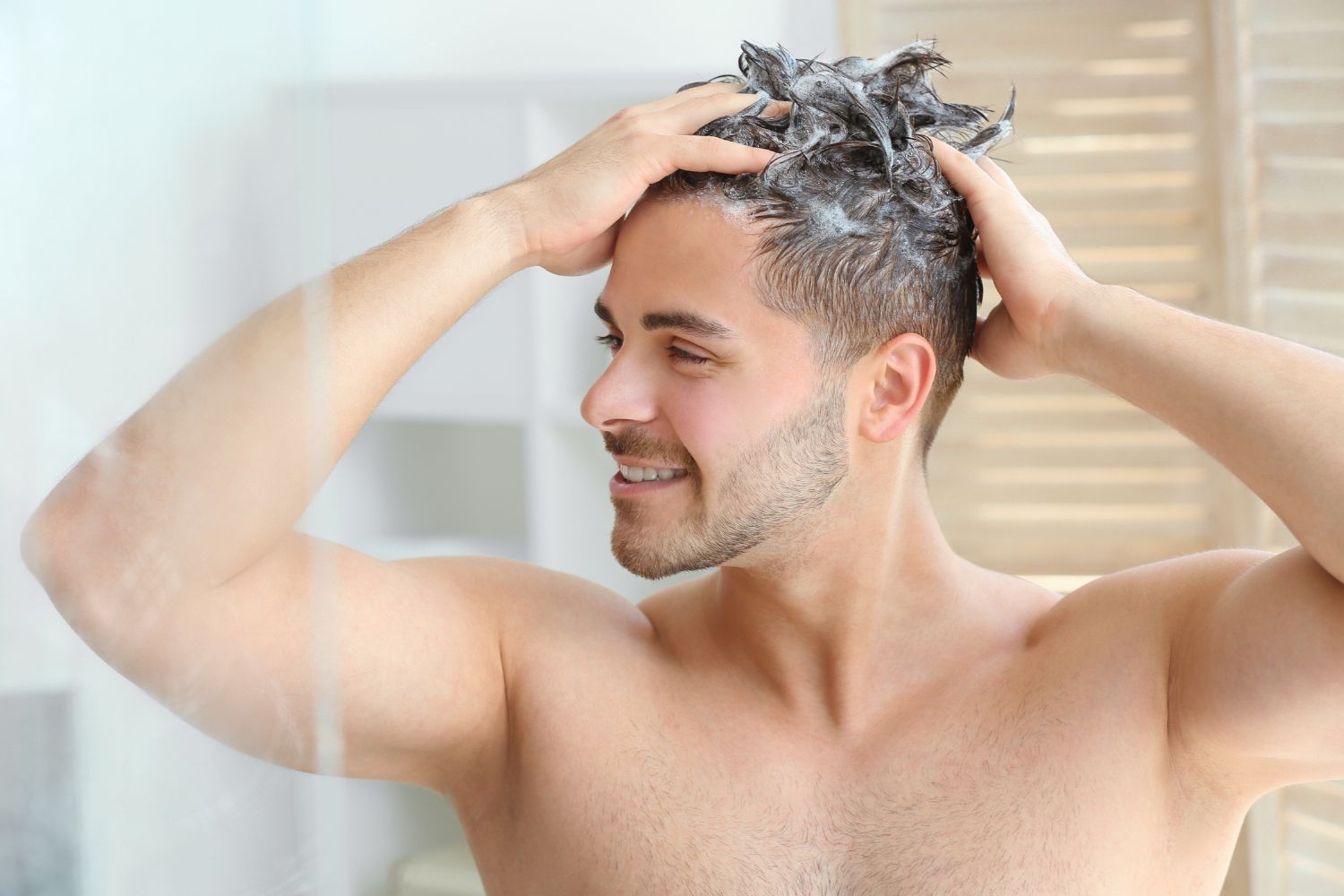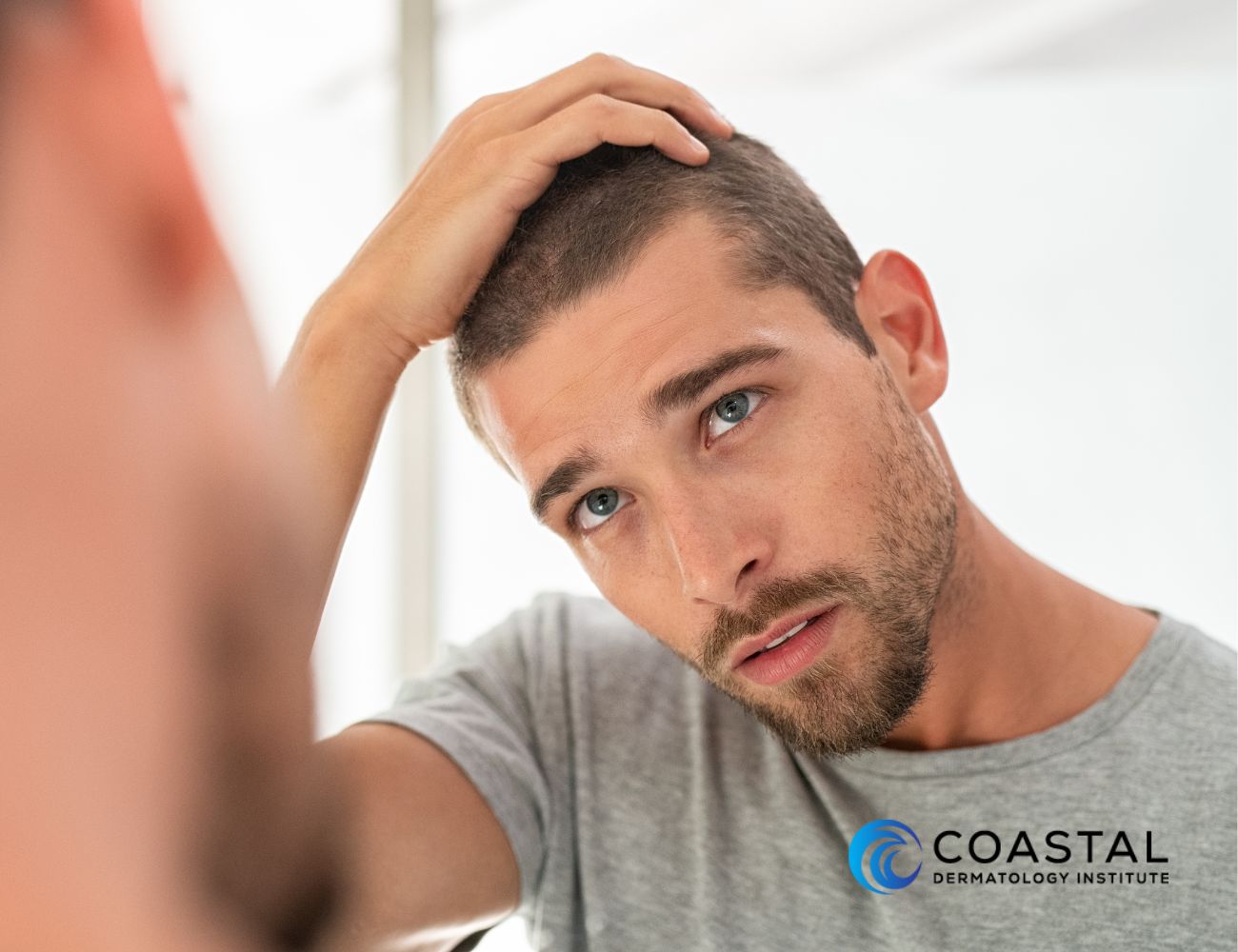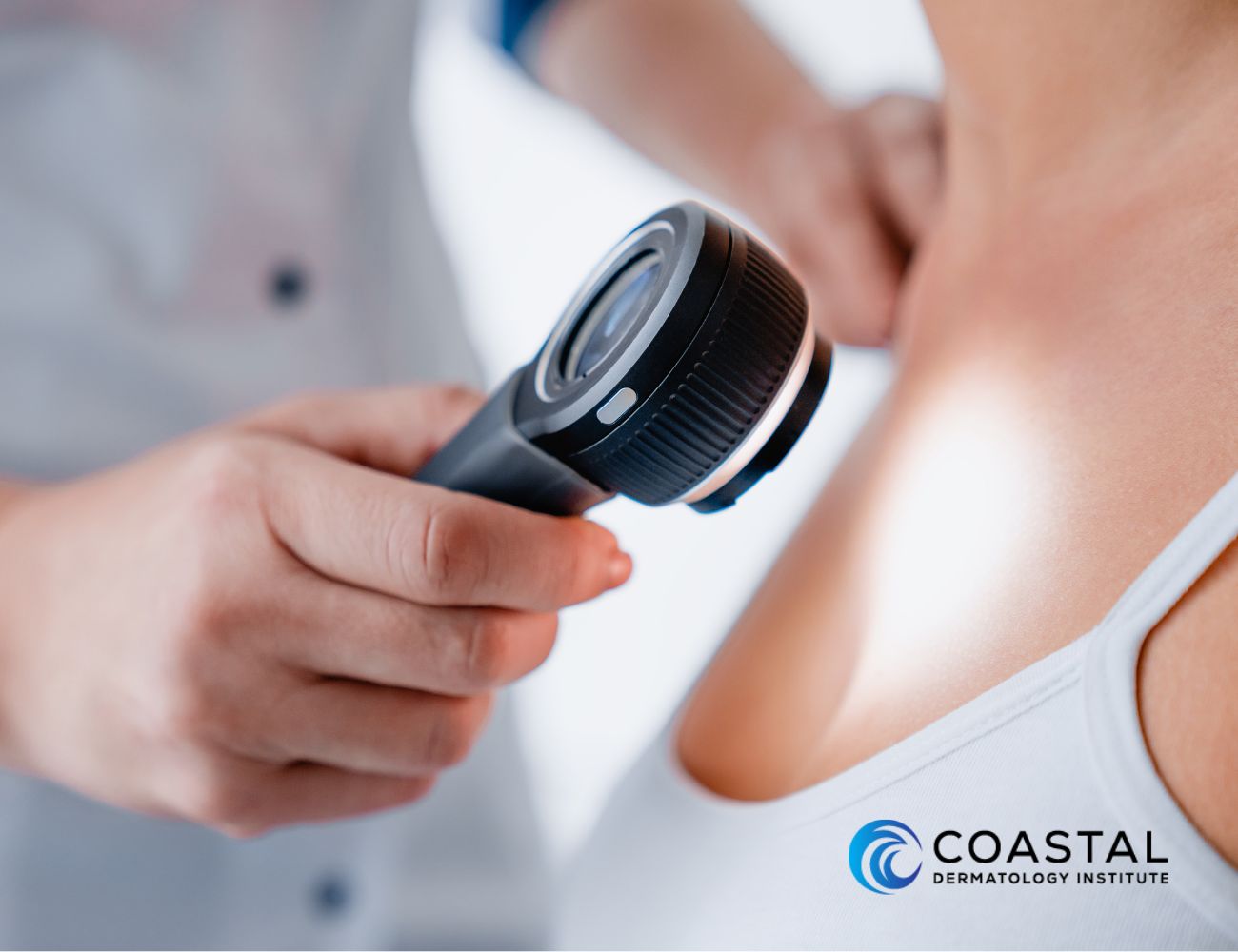Welcome to the journey towards post-procedure bliss! If you’ve recently undergone an ARTAS hair transplant procedure, congratulations on taking the first step towards rejuvenating your hairline and restoring your confidence. However, the journey doesn’t end with the procedure itself. Ensuring a swift and comfortable recovery is essential for optimal results and your overall well-being. In this blog post, we’ll guide you through essential tips and strategies to navigate your ARTAS hair transplant recovery smoothly. From managing discomfort to promoting healing and maximizing results, we’ve got you covered.
Let’s dive into the keys to achieving post-procedure bliss and embracing your new hair with confidence!
Table of Contents
Understanding the ARTAS Hair Transplant Procedure
The ARTAS Robotic System stands at the forefront of hair transplantation, introducing a transformative approach through state-of-the-art robotic technology. This innovative system is intricately designed to augment surgeons’ capabilities in extracting individual hair follicles from the donor area with unparalleled precision and consistency. The ARTAS robotic system employs advanced algorithms and imaging technology to meticulously identify, harvest, and implant the most viable follicles for transplantation. This not only minimizes damage to surrounding tissues but also ensures a remarkably accurate process, setting it apart from traditional methods.
One of the notable advantages of the ARTAS procedure lies in its minimally invasive nature, significantly reducing the trauma to the scalp.
This translates into a quicker recovery period, typically around 10 days, compared to the more extended recovery associated with traditional hair transplant methods.
Now, let’s delve into some tips to optimize the recovery process post-ARTAS procedure:
Preparing for Recovery: Pre-Procedural Tips and Planning
Preparing your home environment for post-procedure comfort and convenience:
Creating a conducive environment at home is essential for a smooth recovery after an ARTAS hair transplant. Arrange a comfortable space where you can rest and relax during the initial days following the procedure. Ensure you have ample pillows to elevate your head, promoting better circulation and reducing swelling. Consider organizing entertainment, such as books, movies, or music, to keep yourself engaged during the recovery period.
Stocking up on recommended supplies and medications:
Prior to the ARTAS hair transplant, it’s advisable to stock up on essential supplies and medications that will aid in your post-procedure care. This includes recommended shampoos, ointments, and any prescribed medications provided by your healthcare provider. Having these items readily available at home will streamline your recovery process and allow you to focus on healing without the need for last-minute errands.
Mental and emotional preparation: Setting realistic expectations and addressing concerns
Preparing mentally and emotionally is a crucial aspect of the pre-procedural phase. Understand the expected outcomes of the ARTAS hair transplant and set realistic expectations regarding the initial appearance and the gradual progression of results. Address any concerns or questions with your healthcare provider beforehand to alleviate anxiety. Engaging in relaxation techniques, can also contribute to a positive mindset, enhancing your overall experience throughout the recovery journey. Remember, mental preparedness plays a vital role in a successful recovery after the procedure.

Immediate Post-Procedure Care
Appropriate Use of Medications: In the immediate aftermath of an ARTAS hair transplant, it’s common to experience mild discomfort or soreness. Your healthcare provider will likely prescribe pain medications to help manage any pain effectively. Adhering to the prescribed dosage and schedule is crucial. Overdosing can lead to adverse effects, so it is imperative to use the prescribed medications as directed for a safe and successful recovery.
Apply Cold Compresses: The application of cold compresses on the treated areas serves a dual purpose by effectively reducing both swelling and discomfort. The cold temperature constricts blood vessels, diminishing swelling, and numbs the area, providing relief from any post-procedural pain.
Avoid Strenuous Activities: Refrain from engaging in strenuous activities, such as heavy lifting or vigorous exercise, during the initial days post-procedure to minimize the risk of complications and promote proper healing.
Maintain Gentle Scalp Hygiene: Following proper scalp hygiene guidelines, including gentle washing with a mild shampoo, prevents infection and ensures the cleanliness of the treated areas. Additionally, avoiding rubbing or scratching the scalp during washing is essential for optimal healing.
Furthermore, it’s advisable to refrain from using any hair care products that have not been specifically prescribed or recommended by your healthcare provider. Unapproved products may contain ingredients that could irritate the scalp or interfere with the healing process.
Avoid Sun Exposure: Avoiding sun exposure is a crucial aspect of post-ARTAS hair transplant care to safeguard the delicate healing skin on your scalp. Direct sunlight can lead to sunburn, which not only causes discomfort but may also hinder the healing process and potentially affect the transplanted hair follicles. It’s advisable to shield your scalp by wearing a hat that provides adequate shade.
Hydration and Nutrition: Hydration and Nutrition are integral components of a successful ARTAS hair transplant recovery, playing a crucial role in supporting overall health and facilitating the healing process. Adequate hydration is essential for cellular function, including the cells responsible for tissue repair and regeneration. It also helps prevent dehydration-related complications that could hinder recovery.
Consuming a balanced diet rich in nutrients is equally important. Proper nutrition supports the health of hair follicles, promoting optimal conditions for transplanted follicles to thrive.
Avoid Smoking and Limiti Alcohol Consumption: Smoking and excessive alcohol consumption are known to have detrimental effects on the body’s healing mechanisms, and this holds true for post-ARTAS hair transplant recovery. Nicotine in cigarettes can constrict blood vessels, limiting the flow of oxygen and essential nutrients to the healing scalp, thereby slowing down the recovery process. Similarly, excessive alcohol intake can compromise the immune system, making the body more susceptible to infections and hindering the natural healing mechanisms. By steering clear of these habits, individuals undergoing an ARTAS hair transplant pave the way for improved blood circulation, heightened immune response, and overall enhanced recovery efficiency, leading to optimal and lasting results.

Resuming Your Hair Care Routine
After 10-14 days post-ARTAS hair transplant, individuals typically resume their normal hair care routine, provided there is no lingering pain or discomfort. This timeframe allows for initial healing of the scalp and stabilization of the transplanted hair follicles. However, it’s essential to remain attentive to any signs of discomfort or tenderness during this period. If discomfort persists beyond this timeframe or if there are concerns about the healing process, it’s advisable to consult with your healthcare provider for further evaluation and guidance.
Long-Term Strategies for Optimal Results
In the pursuit of sustained optimal results following an ARTAS hair transplant, the significance of adopting a holistic approach to well-being cannot be overstated. As detailed earlier, adhering to a healthy lifestyle encompassing balanced nutrition and proper hydration is crucial during the immediate recovery phase. However, it’s imperative to recognize that these practices are not merely short-term measures but integral components of a comprehensive, enduring strategy for maintaining the results of the hair transplant.
Likewise, safeguarding the scalp from sun exposure and environmental elements, along with effectively managing stress, contributes not only to the initial recovery period but also to the longevity of the transplanted hair follicles.
By incorporating these practices into one’s lifestyle beyond the immediate recovery phase, individuals can fortify the health of their hair and ensure sustained satisfaction with the results of the ARTAS hair transplant over the long term.
Monitoring Progress and Seeking Professional Guidance
Monitoring progress and seeking professional guidance are essential components of ensuring a successful recovery and optimal outcomes following an ARTAS hair transplant. Firstly, recognizing signs of potential complications and knowing when to reach out to your healthcare provider is crucial for prompt intervention and resolution. This includes being vigilant for symptoms such as excessive swelling, severe pain, or signs of infection.
Additionally, attending scheduled follow-up appointments enables your medical team to monitor your hair growth progress, assess the condition of the transplanted follicles, and address any concerns or questions you may have.
Open communication with your medical team is key in addressing uncertainties, discussing treatment progress, and ensuring that you are on track towards achieving your desired results. By actively monitoring progress and seeking professional guidance as needed, individuals can navigate their recovery journey with confidence and optimize the long-term success of their ARTAS hair transplant.
Summary
Embarking on the journey to reclaim a fuller head of hair through the ARTAS hair transplant system is an exciting venture that promises not only aesthetic transformations but also a boost in confidence. As we conclude this guide on ensuring a swift ARTAS hair transplant recovery, it’s paramount to underscore the significance of patience, diligence, and self-care. The advanced technology of ARTAS has paved the way for a more comfortable and efficient recovery period, but success ultimately hinges on your commitment to post-procedure guidelines. Remember to stay attuned to your body’s signals, attend follow-up appointments, and embrace a holistic approach to well-being. Your path to post-procedure bliss is not just a recovery journey; it’s an investment in lasting confidence and a revitalized sense of self.





